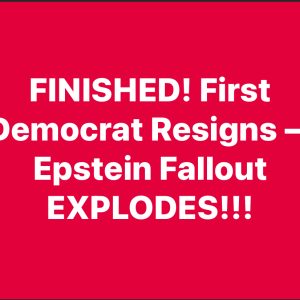Tensions between Russia and NATO escalated this week after Estonian officials reported that three Russian MiG-31 fighter jets entered their airspace on September 19, remaining for roughly 12 minutes before turning back. The incident follows earlier reports of Russian drones crossing into Polish airspace, raising alarm among Eastern European nations and NATO allies about the potential for direct confrontation with Moscow. Estonian authorities called the airspace violation “brazen” and unprecedented, reflecting Russia’s ongoing testing of NATO’s resolve and the region’s fragile security environment.
Estonia’s Foreign Minister, Margus Tsahkna, condemned the violation, noting that Russia had already crossed Estonian airspace multiple times this year. Tsahkna emphasized the need for increased political and economic pressure to deter further provocations. NATO also criticized the incident, highlighting the alliance’s readiness to respond to aggressive actions. The violation has been perceived as part of a broader pattern of Russian behavior aimed at probing NATO’s boundaries and testing the cohesion of member states, particularly in Eastern Europe.
Czech President Petr Pavel, a retired NATO general, called for a firm military stance in response to the incursions. “NATO should shoot down Russian jets if necessary,” Pavel stated, warning that appeasement could embolden Moscow. His comments reflect the growing frustration of Eastern European leaders, who view repeated airspace violations as deliberate challenges to alliance credibility. Pavel’s military background and experience within NATO add significant weight to his remarks, signaling that Eastern European officials are serious about enforcing their territorial sovereignty.
The European Union has voiced strong support for Estonia. EU foreign policy chief Kaja Kallas, a former Estonian prime minister, called the violation “an extremely dangerous provocation” and affirmed the EU’s solidarity with Estonia. Kallas emphasized that the EU would continue supporting measures to strengthen the defenses of member states, signaling a united front against Moscow’s assertive actions. These statements underline the EU’s commitment to protecting its members and deterring further Russian incursions, especially amid heightened regional instability caused by the ongoing war in Ukraine.
Moscow, however, denied the allegations, claiming its jets remained in international airspace and dismissing the reports as provocations intended to stir anti-Russian sentiment. Poland, already concerned by previous drone incursions, invoked NATO’s Article 4, which requires alliance consultations when a member’s territorial integrity or security is perceived to be under threat. The invocation underscores the seriousness with which Warsaw views Russian actions and ensures high-level NATO discussions on defensive measures, including increased air patrols, missile defense deployments, and potential sanctions.
Analysts warn that the repeated airspace violations are part of Russia’s strategy to test NATO’s political cohesion and gauge its willingness to respond. While Eastern European countries advocate stronger deterrence, Western allies remain cautious about measures that could escalate into open conflict. The risk of miscalculation remains high, as even minor incidents could spiral into a larger confrontation. NATO now faces a critical decision: defend its members decisively and risk escalation, or hold back and risk emboldening Moscow. In this high-stakes environment, the alliance’s unity, resolve, and strategic judgment will be tested in the coming weeks.




